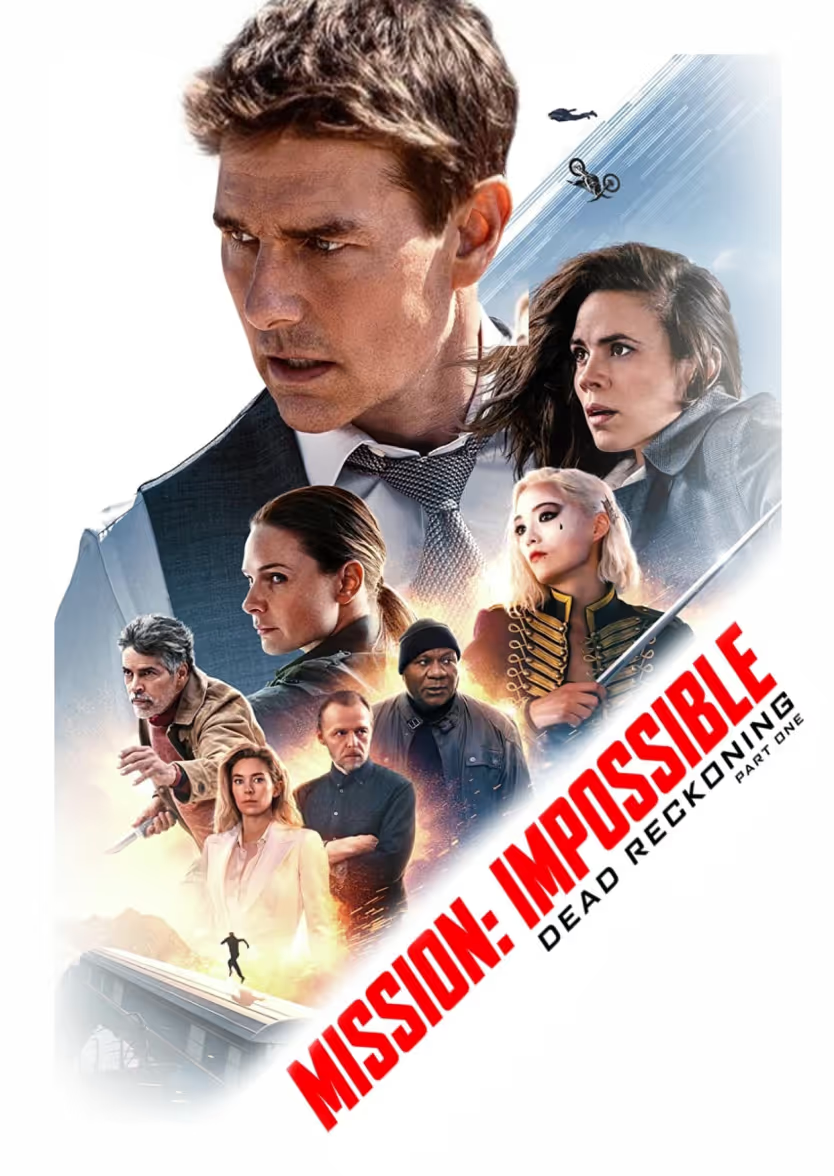Great game design is always a product of great collaboration. From ideation to development to playtesting, the success of any new release relies on the input of multiple stakeholders.
Now that teams are working remotely, tools that help you maintain this constant connection with your team are vital, especially for editors and animators. A good collaborative workflow starts with the right tools.
What kind of tools do you need for collaborative game dev?
To effectively collaborate through the game development process, you’ll need tools to manage each type of asset (source code, artwork, digital assets, music) as well as tools that allow you to manage scheduling and review.
The bigger your remote team, the more carefully you’ll need to manage all of these moving parts, and it’s next to impossible to do without the right tools.
That’s why we’ve compiled our list of the top 10 collaborative game editing tools for 2022, including tools that help you manage assets, edit together in real-time, and get approvals and feedback in just a few clicks.
Evercast
Evercast is a remote collaboration platform that can be used at every step of the game creation process. A single Evercast room can be your meeting room for brainstorming sessions, your editing suite for co-editing sessions, and your screening room for asset review sessions. It works well in tandem with other collaborative editing tools (such as remote desktops), so you can talk face-to-face while you work together in real-time.
Key features:
- Ultra-low latency HD video streaming (less than 150ms)
- Record and review function to review key session moments
- On-screen drawing for visual notations
- Time-stamped notes to keep comments organized
- Real-time video conferencing, HD project streaming, and comments/visual note-taking all under one platform
What’s missing:
- No ability to deliver assets directly through the platform
- You’ll need additional software to co-edit in your game development platforms

Parsec
Parsec is an advanced remote desktop application that is used by some of the biggest developers in gaming, such as Blizzard and EA. It allows you to control your desktop from anywhere as well as invite collaborators to access your desktop and collaborate with you in real-time.
Key features:
- Secure P2P streaming
- Multi-monitor support
- Precise gamepad control for playtesting
- Team management tools
What’s missing:
- No built-in video or voice chat
- Since it’s a remote desktop control platform, you’ll still need additional tools to manage assets and work in tandem with other developers
Frame.io
Frame.io is a cloud-based media collaboration program focused on getting feedback and approvals on creative content, as well as enabling remote collaboration and managing your asset pipelines.
Game production teams have been moving over to Frame.io to not only speed up the internal asset review process but to make it easier to distribute content to external stakeholders and collaborate on edits.
Key features:
- Lightning-fast media upload speeds (less than 3 minutes for 5GB of data)
- Custom-branded presentations to present work
- Supports most common game editing software integrations and has an API that allows it to custom-fit the workflow to your needs
- Time-stamped notes and on-screen annotations
- Version control system
What’s missing:
- No live editing feature for real-time feedback
- It does not support video calling
- Good for visual assets, not specifically designed to manage code
Create together remotely, in real time

ShotGrid
Shotgrid is a creative collaboration platform specifically designed with the needs of VFX and game creation studios in mind. It’s asset management, project schedule, review, and proofing all in one, and it’s game-development specific features make this one a huge win for game dev teams looking to collaborate efficiently.
Key features:
- Team scheduling feature to assign who is working on what and when
- Visual timeline to track project schedule
- Shot comparison features native to the desktop app
- Mobile platform to review projects on the go
- File transfer through the platform
What’s missing:
- No live collaboration features for in-edit feedback or co-editing
- May get a bit complicated for larger teams
Perforce
Perforce offers a suite of products that can be incredibly helpful in the game development process, especially for remote teams. Most notably, their Helix Core digital asset management system provides a scalable infrastructure that can utilize cloud-based and local storage simultaneously.
They talk extensively about how they want to enable game dev teams to harness the power of remote collaboration through their products, and from what we’ve seen, their tech is some of the most powerful and flexible for optimizing workflows for professional teams.
Key features:
- Can accommodate thousands of users
- Utilizes local or cloud-based infrastructure
- Helix4Git allows management of Git assets
- Streams solution implements branching and merging best practices
- Code review dashboard shows review process across projects and reviewers
What’s missing:
- Can be difficult to setup and many users have complained about lack of adequate training
- Managing multiple workstations can be a bit of a challenge
- Large data sets can slow it down
PlayCanvas
This web-based collaborative game creation tool is one of the most advanced systems of its kind. PlayCanvas allows for high-end graphics and can be used for everything from 2D web games to detailed 3D configurators all under its impressively simple UI.
Key features:
- Real-time collaboration using Google Docs-like features
- Zero compile time
- On-device development and testing
- Browser-based editing and debugging
- Open-source
- VR-optimized
- Lots of textures to add dimension and realism
What’s missing:
- Communication features are limited for real-time collaboration
- Not suitable for every kind of game development (a bit basic)
- Team management features are only available at the pro-level pricing
Dropbox
Dropbox is a workhorse in asset transfer and management. If you’re looking for the most storage at the best price for all of your paperwork and assets during the game editing process, Dropbox is a fantastic tool to have in your stack.
Key features:
- Great storage sizes for the price
- Can easily search through assets
- Controlled file access
- Works on any device
- Can function as a backup system for files and assets
What’s missing:
- Not specifically designed for game teams
- Most communication still needs to happen through email
ReviewStudio
An online proofing platform that makes task assignment and content reviews quick and painless. ReviewStudio makes it easy to manage your game development team and get asset and edit feedback all under one platform and make sure they’re working on the latest versions of all their assets.
Key features:
- Threaded comments
- On-screen drawing for visual annotations
- Wide variety of file types supported
- Assign tasks directly to commenters right from the review thread
What’s missing:
- No video chat feature
- Low storage capacities
InMotionNow
InMotionNow looks to be an end-to-end creative collaboration solution that handles everything from intake paperwork to final edit approvals. If your game editing team is looking for a project management platform that can handle everything from onboarding to final delivery, this is a fantastic option.
Key features:
- Pre-built request form templates you can customize to fit your workflow
- Visual product scheduling tools
- Custom proof-routing workflows so you can ensure a consistent workflow no matter the project
- Real-time commenting sessions on projects
- Analytics to monitor how your projects are aligning with your objectives
What’s missing:
- No video chatting option for live review sessions
- No transparent pricing on the website















.avif)









.avif)


.avif)